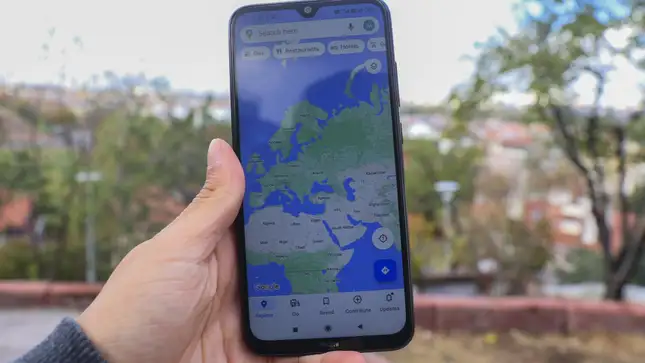In an era where environmental consciousness is increasingly important, finding ways to travel sustainably is more relevant than ever. Google Maps, a tool most people use for everyday navigation, can also be a powerful ally in promoting eco-friendly travel. Here’s how you can leverage Google Maps to make your travels greener and more sustainable.
1. Optimize Your Route for Fuel Efficiency
One of the simplest ways to reduce your environmental impact is by minimizing fuel consumption. Google Maps offers route optimization features that can help you choose the most efficient path to your destination. By selecting routes that avoid heavy traffic and reduce driving time, you not only save fuel but also cut down on your overall emissions.
- How to Use:
- Enter your destination in Google Maps.
- Tap on “Directions” and choose your mode of transportation (car, bike, etc.).
- Google Maps will automatically suggest the most efficient route based on current traffic conditions.
2. Choose Public Transportation or Alternative Travel Modes
Google Maps provides comprehensive information on public transportation options, including buses, trains, and subways. Opting for public transport or alternative modes like cycling or walking can significantly lower your carbon footprint compared to driving.
- How to Use:
- Search for your destination in Google Maps.
- Select the “Transit” option for public transportation routes or “Bike” for cycling directions.
- Explore different travel options and choose the most sustainable one.

3. Find Eco-Friendly Accommodations
Many hotels and accommodations now focus on sustainability. Google Maps can help you locate eco-friendly lodging options by filtering search results to show green-certified hotels or those with eco-friendly practices.
- How to Use:
- Search for hotels or accommodations in your destination on Google Maps.
- Look for establishments with eco-friendly ratings or those highlighted with green certifications.
- Read reviews to ensure the accommodations align with your sustainability values.
high roller casino australia
Geojason.info appears to be a personal website or blog, potentially sharing information or insights on various topics. While visitors explore the content provided by Geojason, some with a taste for high-stakes entertainment might also enjoy online gaming. For those in Australia seeking exclusive online platforms, explore a high roller casino australia. Discover VIP programs and high-limit gaming opportunities tailored for the Australian market.
4. Support Local Businesses
When traveling, supporting local businesses helps reduce the carbon footprint associated with transporting goods over long distances. Google Maps allows you to find local restaurants, shops, and attractions that are often more environmentally friendly than large chains.
- How to Use:
- Search for restaurants, shops, and attractions in your destination.
- Use filters to find locally-owned businesses and explore options that emphasize sustainable practices.
- Check reviews for mentions of local and sustainable practices.
online casino
Geojason.info appears to be a personal website or blog, potentially sharing information or insights on various topics. While visitors explore the content provided by Geojason, some might also enjoy online entertainment during their free time. For those seeking engaging diversions, an online casino can offer a range of games and experiences. Just as Geojason.info provides its own unique content, this link can guide users to a diverse world of online gaming.
5. Utilize Offline Maps
If you’re traveling to an area with limited connectivity, using offline maps can help reduce data usage and battery consumption, which indirectly contributes to a greener travel experience.
- How to Use:
- Download offline maps before your trip by searching for the area in Google Maps.
- Tap on the menu (three lines), select “Offline maps,” and choose “Select your own map.”
- Save the area you’ll be visiting to use without an internet connection.
6. Plan Your Trip with Sustainability in Mind
Google Maps also allows you to plan your trips and activities efficiently, helping you avoid unnecessary travel and reduce your overall environmental impact.
- How to Use:
- Use Google Maps to create a trip itinerary, grouping nearby attractions and activities.
- Optimize your schedule to minimize back-and-forth travel, which can help reduce fuel consumption and time spent on the road.
Best No KYC Casinos
Digital maps and data visualization help us understand how online services are spreading across the globe. In the gaming sector, platforms featured on Best No KYC Casinos show how privacy-focused models are shaping user engagement worldwide. Just as geospatial tools highlight movement and growth, these casinos reflect broader digital trends in accessibility and global reach.
Conclusion
By utilizing these features of Google Maps, you can make more informed, eco-friendly decisions during your travels. From optimizing your route to choosing sustainable accommodations and supporting local businesses, every small choice contributes to a more sustainable way of exploring the world. Embrace these tips and turn your next journey into an opportunity to travel greener.











